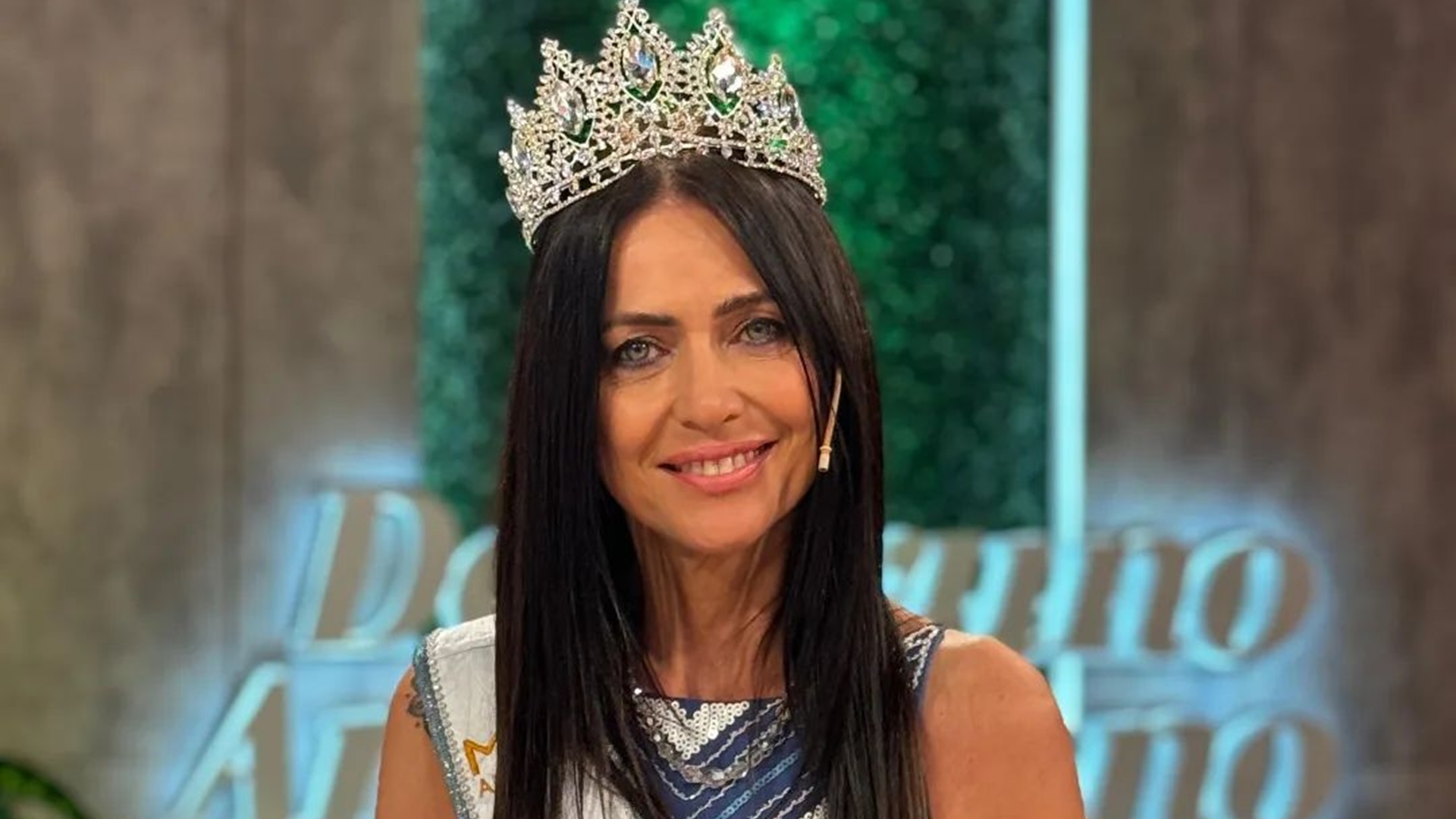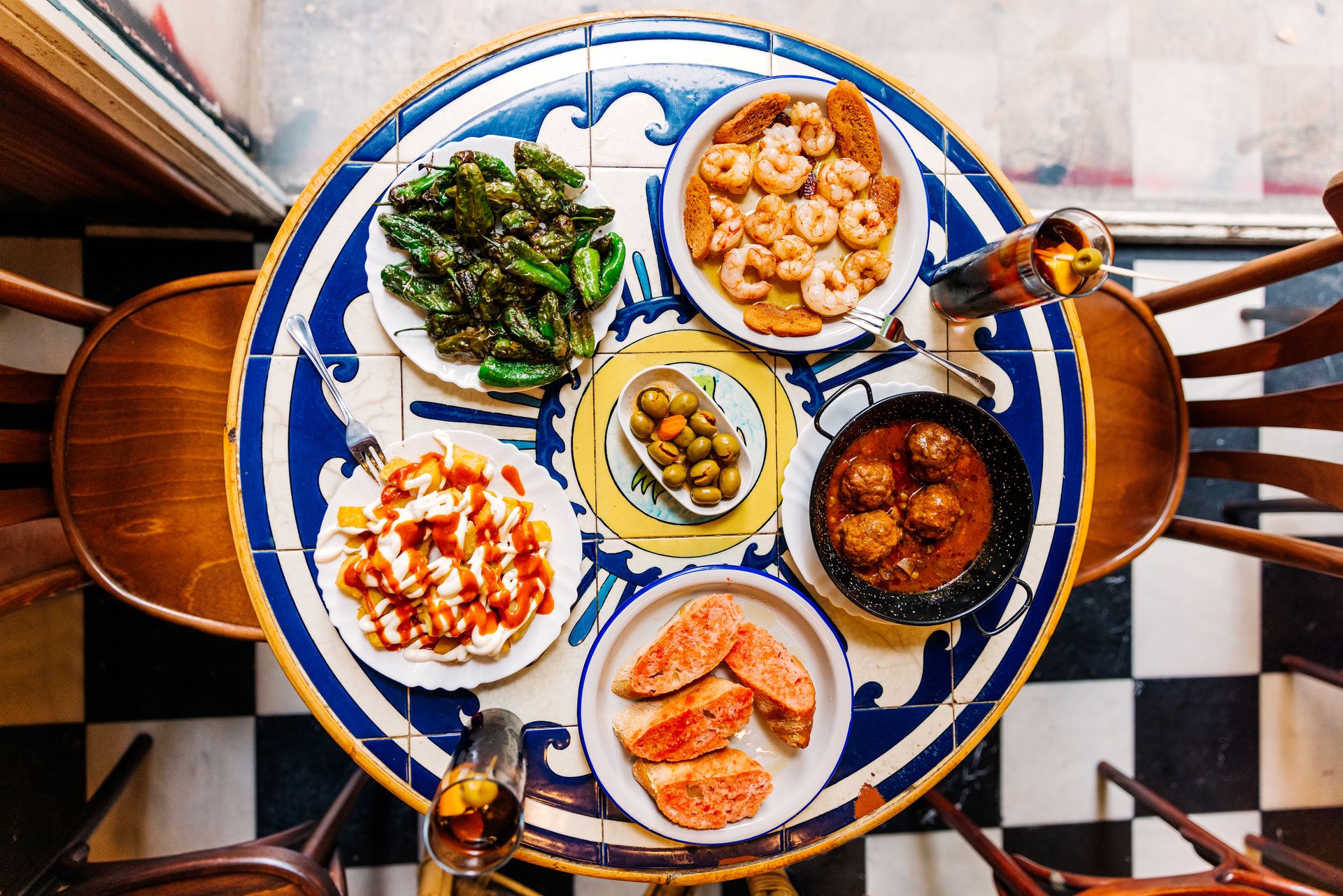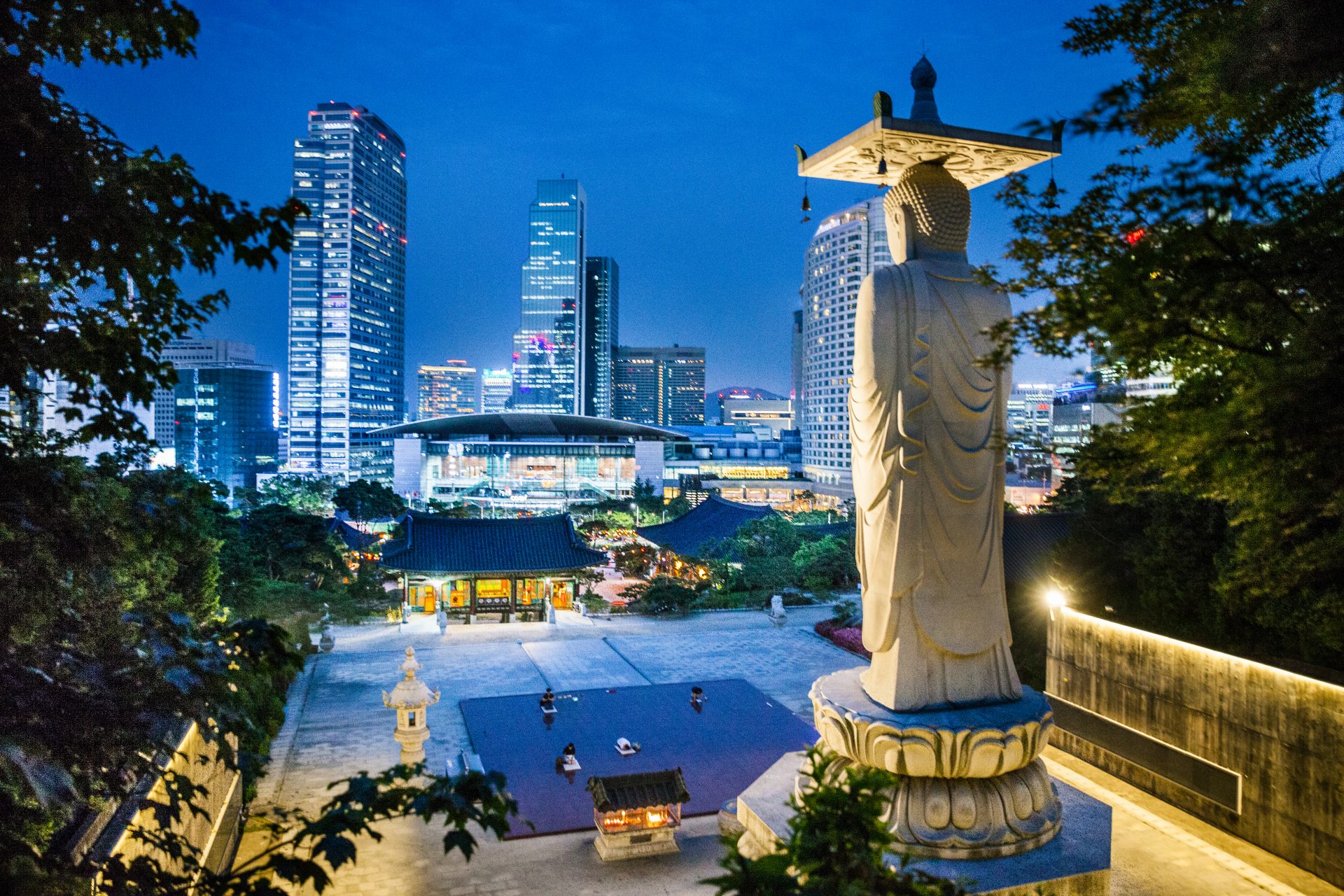Why you should make frog homes in your garden
Birdhouses are common features in gardens, but amphibians are often overlooked when it comes to creating homes for backyard wildlife. And while birdsong may be slightly more pleasant to hear than croaking frogs, the little green creatures may just need your help the most.
Amphibian populations worldwide are declining rapidly thanks to habitat loss, pollution, new predators, and disease. According to National Geographic, more than half of the world’s frogs, salamanders, and caecilians are in danger of extinction.
Humans unwittingly spread the chytrid fungi around the world, which has been the main driver of frog death by far. Of the chytrid-stricken amphibian species, 90 have gone extinct or are presumed extinct in the wild. Another 124 declined in number by more than 90%. All but one of the 501 declines were caused by the fungus, according to a 2019 study in Science.
Even if you live in a big city, frogs are probably closer than you think. In Brooklyn Heights, New York, you can hear gray tree frogs calling. In Los Angeles, western toads are abundant in the canyons of Griffith Park. So if frogs are in your area and there’s a clear route to your frog house, you should have no trouble attracting them eventually.
So if you can, why not help out your local frogs and toads with a backyard shelter? An analysis of 28 projects to create ponds for amphibians found that frogs showed up at all of the ponds. Most of the studies even observed an increase in visitors compared to natural ponds.
While frogs don't seem to go around prioritizing 'authentic' natural ponds, the biggest predictor of success is the number of plants growing in and around the water. Frogs like to relax in the shade and have places to hide in the water, so whatever you can do to accommodate is appreciated.
Besides helping your local ecosystem and getting you in touch with nature, frogs and toads can make for excellent pest control. For instance, some toads can eat more than 100 insects and slugs every day.
There is no single way to create a frog pond. Guides are all over the internet, but the most basic version involves digging a hole, laying down a pond liner, and adding rocks, water, and some plants. Just make sure to dechlorinate the water or use rainwater. Easy and beautiful!
Image: Wild Your Garden with Joel Ashton / Making a Small Wildlife Pond / YouTube
Frogs really don’t need much space or anything luxurious, so use whatever is at hand. You can use a commercial pond liner, an old bathtub, or a basic plastic bin. It really can be done on the cheap!
Image: Gloucestershire Wildlife Trust / Mini pond tutorial / YouTube
If you already have even a little water source in your garden, frogs and toads really appreciate a place to take shelter and hide from predators. Making one is easy. Just create a little entrance in a clay terracotta pot. Paint it for extra cuteness.
Image: WWT / How to make your own toad hall from a garden pot / YouTube
Tree frogs love to hang out inside vertical tubes, so simply pounding a few PVC pipes into the ground or a flowerpot can create a little frog hotel.
Image: Australian Environmental Education / YouTube
In a viral TikTok phenomenon, 'unkonwndazza' saw a frog living in his fence. So he decided to 3D print a little house to make his new pal comfier. After getting feedback on TikTok, he gave the frog crib a major upgrade with plants, a pool, and a safety zone.
Image: unkonwndazza / TikTok
The frog, called Frodrick, was so happy with his new joint that he invited friends over for pool parties. Even a possum joined in on the fun, dropping in for a quick drink.
Image: unkonwndazza / TikTok
Frodrick soon met his new partner, and they laid eggs in the little pool, which turned into dozens if not hundreds of tadpoles. While observing the frogs, the TikToker and his thousands of fans also noticed a female possum was pregnant too.
Image: unkonwndazza / TikTok
The tadpoles turned into little frogs, and the TikToker now has a whole little resort going on at his house… and has made one of the most popular videos on the internet with tens of millions of views. That just goes to show how frog shelters can be a blast for both the frogs and the person building them.
Image: unkonwndazza / TikTok
If you don’t have a 3D Printer or want something more elaborate for your future frog friends, you can even buy homemade toad houses on internet sites like Etsy. Oh, and the TikTok frog dude is now selling frog houses too!
Frog ponds do attract mosquitos (and other insects and species!) While the mosquitos can be yummy food for tadpoles, frogs, and dragonflies, if they are a problem, you can use a cheap ($30) solar-powered aerator to solve the problem.




























